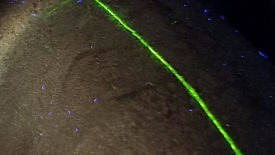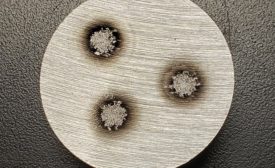Back2Basics
5 Things to Consider When Choosing a Mag Particle Yoke [Checklist]
In this article we outline some key factors to consider when selecting the right electromagnetic yoke or contour probe for magnetic particle testing.
Read More


